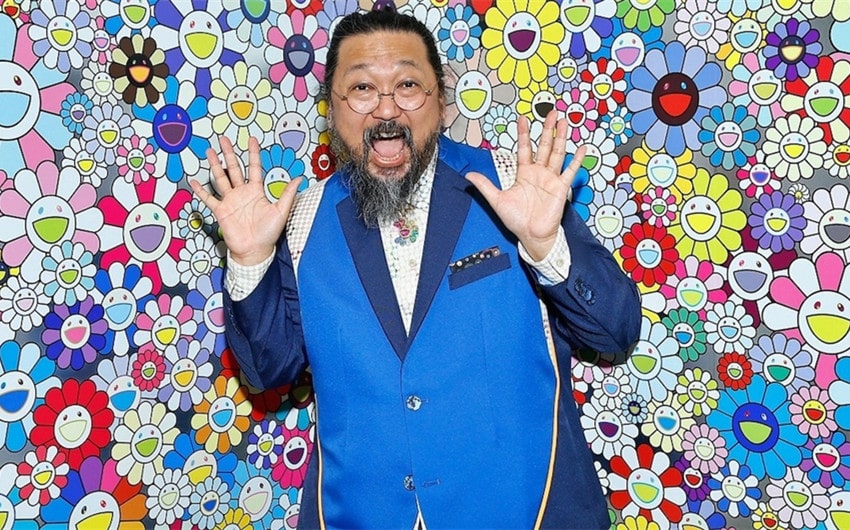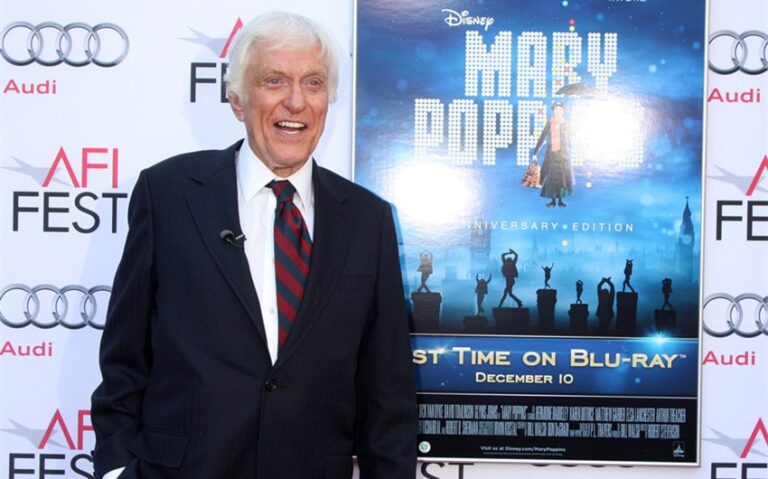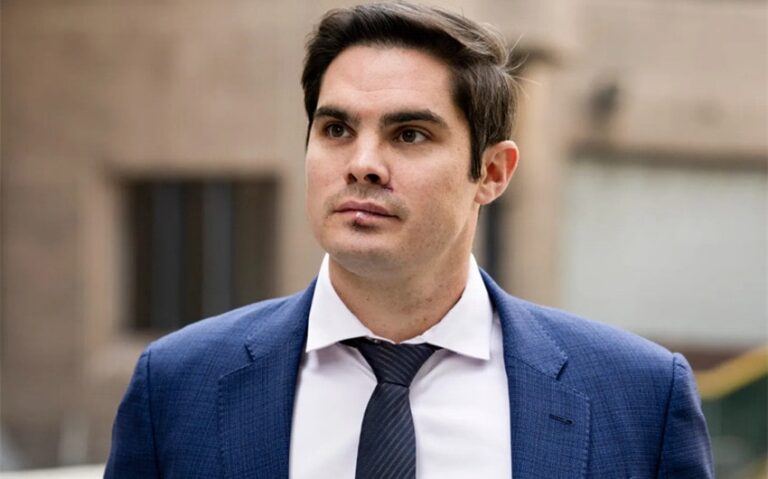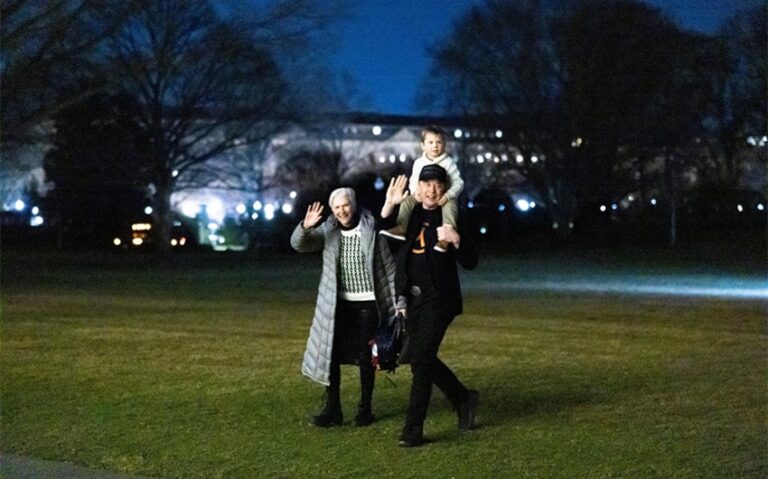Takashi Murakami Net Worth: The Art, Collaborations, and Legacy of Japan’s Pop Art Icon
Takashi Murakami is one of the most influential figures in contemporary art, known for his colorful works that blur the line between high art and commercial culture. With his unique “superflat” aesthetic, he has redefined what it means to be an artist in the modern age, seamlessly merging painting, sculpture, fashion, and digital media into a global brand. His collaborations with luxury houses like Louis Vuitton, partnerships with musicians such as Kanye West, and ventures into merchandise and NFTs have made him not only a cultural icon but also a highly successful entrepreneur. Today, Takashi Murakami’s net worth is estimated to be around $100 million, a figure that reflects both the value of his artworks and his ability to turn creativity into a far-reaching business empire.
Who Is Takashi Murakami?
Takashi Murakami was born on February 1, 1962, in Tokyo, Japan. From an early age, he was fascinated by anime, manga, and Japanese pop culture, influences that would later define his artistic style. He studied at Tokyo University of the Arts, where he pursued traditional Japanese painting (Nihonga). While he mastered these techniques, Murakami was more interested in pushing boundaries and questioning the rigid hierarchies of fine art.
After completing his doctorate in fine arts, Murakami began experimenting with ideas that blended traditional Japanese art with modern pop imagery. This led him to develop the concept of “superflat,” a theory and style that flattened distinctions between high art and low culture, merging influences from anime, manga, and consumer goods with fine art techniques.
Rise to Global Fame
Murakami’s career began in Japan, but his ideas quickly gained traction internationally. In the early 1990s, he exhibited his works in galleries across the United States and Europe, where audiences were captivated by his bold, colorful, and playful approach. Unlike many contemporary artists who maintained distance from commercial ventures, Murakami embraced them, believing that art could—and should—exist in everyday life.
To manage his growing output and vision, Murakami founded Kaikai Kiki Co., Ltd., his art production and management company. The company not only produces his works but also manages exhibitions, merchandise, and even supports emerging artists in Japan and abroad. This entrepreneurial approach distinguished him from other artists, turning his practice into a global business.
Career Highlights and Artistic Achievements
Over the decades, Takashi Murakami has created some of the most recognizable works in contemporary art. His smiling flower motifs, colorful skulls, and characters like Mr. DOB have become instantly identifiable worldwide. These creations have appeared in major museums, galleries, and private collections, making him one of the most sought-after artists on the global stage.
Murakami’s work has been exhibited at the Museum of Contemporary Art in Los Angeles, the Palace of Versailles in France, and the Guggenheim Museum in Bilbao, among many others. His ability to adapt traditional Japanese aesthetics into a modern context has earned him praise as a cultural bridge between East and West.
His auction record is equally impressive. Works such as “My Lonesome Cowboy” have sold for millions, with one piece fetching $15 million at Sotheby’s in 2008. These sales, alongside consistent demand for his art, contribute significantly to his overall fortune.
Collaborations with Fashion and Brands
One of the most important aspects of Murakami’s success has been his embrace of collaboration. Unlike traditional artists who often guard their work from commercial use, Murakami has partnered with some of the biggest names in fashion, music, and consumer culture.
His most famous collaboration was with Louis Vuitton in the early 2000s under Marc Jacobs’s creative direction. Murakami reimagined the iconic LV monogram with bright colors, flowers, and playful characters, creating a line of handbags and accessories that became instant bestsellers. This partnership revolutionized the relationship between fashion and art, showing that fine art could thrive within luxury consumer products.
Murakami also collaborated with musicians like Kanye West, designing the cover art for West’s critically acclaimed album Graduation. His connections in the music world extend to Pharrell Williams and Billie Eilish, further cementing his role as a cultural icon who transcends mediums.
In addition, Murakami has worked with streetwear brands like Supreme and Uniqlo, making his art accessible to a broader audience through affordable merchandise. This democratization of art not only expanded his cultural reach but also created significant revenue streams.
Takashi Murakami Net Worth Estimate
As of 2023–2024, Takashi Murakami’s net worth is estimated at approximately $100 million. This wealth is derived from several sources, including:
-
Art Sales: Murakami’s pieces regularly fetch high prices at international auctions. His paintings, sculptures, and installations are in demand among collectors and museums worldwide.
-
Collaborations: Partnerships with brands like Louis Vuitton, Uniqlo, and Supreme brought him millions in royalties and increased his global profile.
-
Merchandise: Through Kaikai Kiki Co., Ltd., Murakami produces everything from plush toys to T-shirts, creating a steady flow of income.
-
NFTs and Digital Ventures: More recently, Murakami has entered the world of NFTs, embracing blockchain technology to release digital art collections. These ventures represent a new frontier for his brand and wealth.
Compared to other contemporary artists such as Damien Hirst or Jeff Koons, Murakami’s fortune is substantial, though slightly lower than the wealthiest in the field. Nonetheless, his ability to merge commercial and fine art ensures that his financial success remains steady and culturally relevant.
Business Ventures and Merchandise
Murakami’s business acumen is evident in his company, Kaikai Kiki Co., Ltd. Unlike many artists who rely solely on galleries and auction houses, Murakami built his own infrastructure to produce, distribute, and market his work. This allows him to control the quality of his art and expand into new markets.
Kaikai Kiki also manages younger artists, providing them with resources and exposure, much like Andy Warhol’s Factory did in the 1960s. This not only strengthens Murakami’s brand but also ensures his influence on future generations of creatives.
Merchandise plays a central role in Murakami’s financial strategy. From collectible toys and posters to high-end sculptures and fashion items, he has created a system where fans at different income levels can own a piece of his art. This balance between exclusivity and accessibility has made his brand both profitable and culturally powerful.
Lifestyle, Philanthropy, and Legacy
Despite his immense wealth, Murakami is known for living a relatively modest lifestyle compared to other billionaires and celebrities. He has spoken about the pressures of running a large art business and the constant need to innovate. His focus remains on creation rather than luxury.
Murakami has also been involved in philanthropy, supporting cultural projects and disaster relief efforts in Japan. His influence extends beyond money, as his art reflects both joy and deeper critiques of consumerism, war, and cultural identity.
His legacy is already cemented as one of the most significant artists of his generation. By merging anime-inspired aesthetics with fine art traditions and embracing commercial partnerships, he has redefined what it means to be a contemporary artist. His ability to bridge cultures, industries, and audiences ensures that his influence will last for decades.
Featured Image Source: en.thevalue.com







